- News
- Reviews
- Bikes
- Accessories
- Accessories - misc
- Computer mounts
- Bags
- Bar ends
- Bike bags & cases
- Bottle cages
- Bottles
- Cameras
- Car racks
- Child seats
- Computers
- Glasses
- GPS units
- Helmets
- Lights - front
- Lights - rear
- Lights - sets
- Locks
- Mirrors
- Mudguards
- Racks
- Pumps & CO2 inflators
- Puncture kits
- Reflectives
- Smart watches
- Stands and racks
- Trailers
- Clothing
- Components
- Bar tape & grips
- Bottom brackets
- Brake & gear cables
- Brake & STI levers
- Brake pads & spares
- Brakes
- Cassettes & freewheels
- Chains
- Chainsets & chainrings
- Derailleurs - front
- Derailleurs - rear
- Forks
- Gear levers & shifters
- Groupsets
- Handlebars & extensions
- Headsets
- Hubs
- Inner tubes
- Pedals
- Quick releases & skewers
- Saddles
- Seatposts
- Stems
- Wheels
- Tyres
- Health, fitness and nutrition
- Tools and workshop
- Miscellaneous
- Cross country mountain bikes
- Tubeless valves
- Buyers Guides
- Features
- Forum
- Recommends
- Podcast
TECH NEWS
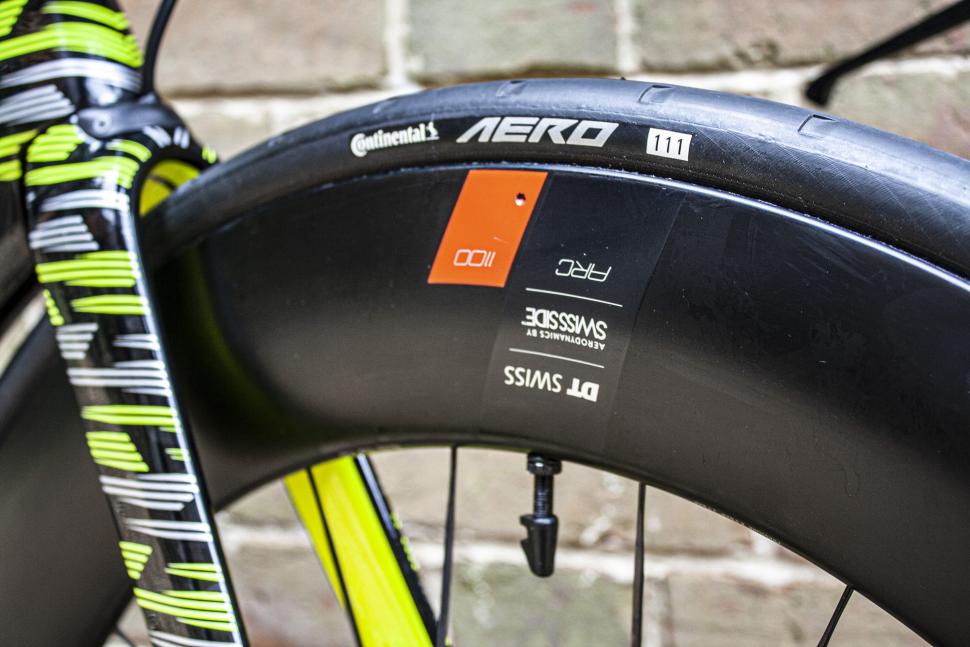 Continental Aero 111 pic 1.JPG
Continental Aero 111 pic 1.JPGContinental, DT Swiss and Swiss Side team up to create the Continental Aero 111, the 'world’s first aerodynamic tyre': here are our first ride impressions
The mysterious new tyre that has been spotted on the front wheels of Decathlon AG2R riders at the Tour de France can now be revealed as the Continental Aero 111. It represents the culmination of six years’ worth of research and development between DT Swiss, Swiss Side and Continental, with the aim of creating the ultimate wheel-tyre system or the ‘world’s first aerodynamically optimised tyre’.
As noted above the tyre has already been spotted in the wild, most prominently on the new Van Rysel aero bike of Decathlon AG2R at the Tour de France. Well, we’ve now got the skinny on this new aero road tyre, so read on to learn more about the Continental Aero 111...
Combining expertise and the 'Vortex Generator'
As experts in their respective fields, Continental and DT Swiss called on the services of Jean-Paul Ballard of Swiss Side who originally worked as a senior engineer and head of concept design at the BMW Sauber Formula One. It was there that he looked at tyre aerodynamics and saw an opportunity to maximise the performance of the complete wheel system. Ballard and his team took 10 years to develop a successful car tyre, so his expertise on the Aero 111 project was massive.
Swiss Side’s objective was to solve the rim tyre interface, or wheel-tyre system. It all starts with the boundary layer of air directly on the surface. Airflow starts laminar (smooth or regular) and then becomes turbulent, which sticks better to the rim but you need to force it. That’s where the Vortex Generators come in - a series of 48 evenly distributed cavities that trip the airflow to stick and enhance the performance of any bicycle wheel at all speeds right down to 30km/h.
“Aero performance suffers at lower speeds as the airflow doesn’t stick to the rim. By enhancing the sailing effect, drag can be lowered,” says Jean-Paul Ballard of Swiss Side.
"If air doesn’t stick to the rim, it separates and stalls and drag is increased massively."
Enter the Vortex Generators. This innovation was four years of work. Everything from the form, shape, position, depth and number of tread impressions took a long time to develop in order to find the right balance – too much disturbance and the air will separate and too little has no effect whatsoever.
Despite being optimised for DT Swiss wheels, the tyre will enhance the aerodynamics of any wheel.
Achieving the perfect balance
Contrary to current rhetoric, aerodynamics is not just about drag but also handling, and the secret comes in balancing these two attributes. The sailing effect creates a lot of side force on the wheel, so the right balance between the front and rear wheels helps the bike feel neutral and less twitchy. This twitchiness is known as the ‘steering moment’, a result of the airflow not sticking to the rim and stalling/unloading causing that unstable feeling.
The Vortex Generators reduce stalling and, on a windy day, you don’t feel much unloading – you will feel the wind pushing the wheel but the shaking is reduced. You will also feel the sensation of being actively pushed forward.
As such, at 10-15 degrees of yaw there is a saving of 3-6-watts at 30km/h when compared to the Continental Grand Prix 5000 ST R. At 45km/h at 15-20 degrees of yaw, the saving grows to 18 watts.
The tyre works best with the following DT Swiss wheel systems: DT Swiss 1100 Dicut (80mm, 60mm, 50mm and 38mm), DT Swiss Dicut 1400 (80mm, 60mm, 50mm and 38mm), DT Swiss AR 1600 Spline 30 and DT Swiss AR 1800 Spline 30, DT Swiss ERC 1100 and 1400 Dicut (35 and 45) and DT Swiss ER 1600 Spline and 1800 Spline 30.
Tyre compound and specifications
The Aero 111 employs the proven technology used on the Continental Grand Prix 5000 TR range, including Vectran Breaker puncture protection and tubeless-ready construction. The tyre uses the tweaked version of the company’s race-honed BlackChili compound. The tyre is available in two sizes only – 26-622 and 29-622, both of which are safe to use on hookless wheels up to 5 bar or 72psi.
Tyre weights are pretty on par with segment standards: the 26mm weighs 250g and the 29mm 280g. Like the Continental GP 5000 ST R, the Aero 111 uses a two-layer 2/220 (two-layer 110tpi) design.
Hannah Ferle, Road Product Manager, Continental, said the following on the development: “With Aero 111 we’ve added a high-performance road tyre to our portfolio that can do it all: it’s aero, grippy and fast. This collaboration enabled us to expand on our already race-proven technologies to build a tyre unlike any other. Next time you hit a crosswind you‘ll have no excuse for not riding on the front.”
In terms of rolling resistance, the Continental Aero 111 tested fastest against the Schwalbe Pro One Aero 28c, Vittoria Corsa Speed TLR G+ 2.0 25c, Enve SES Road 25c, Cadex Aero Tubeless 25c, Pirelli P Zero Race TLR 25c and Schwalbe Pro One TLE 25c. There is no data for how it faired against the all-new Vittoria Corsa Pro Speed – we assume it wasn’t available at the time of testing. According to Continental, the rolling resistance is comparable to the ST R and TT R tyres while puncture resistance is the same as the latter.
What about tyre wear and the effect wear might have on the Vortex Generators? The tyre has wear indicators – three small indentations of differing sizes. According to testing carried out by Decathlon AG2R, the tyre can go well into the second wear indicator with no negative impact. That’s over 2000km of riding. In terms of diminishing returns, there was no notable reduction in aerodynamics either.
Continental Aero 111: first ride impressions
I’ve had the tyre for four weeks now and have used it in a total of four competitive time trials spanning 10 and 25 miles. As stipulated, it’s a front-wheel-specific tyre and is best paired with a DT Swiss wheel. I fitted it to my DT Swiss Arc 1100 Dicut 80 wheel and kept the Vittoria Corsa Speed Pro on the rear disc.
I’ll admit I was a little sceptical of the claims at first but was left impressed after my first time trial using the tyre – a 25-mile out and back in Lipkook, Hampshire.
With crosswinds underscoring most of the race, the first thing I noticed was the improved stability of the front wheel. Usually, in this scenario, you can feel the wheel actively twitching in gusts when the airflow unloads or stalls but the wheel behaved just as JP Ballard described. I also noticed I was holding higher speeds on the rolling course and the combination of these two attributes boosted my confidence and ultimately my ability to push harder. I managed a PB of 51 minutes and 27 seconds.
A week later I tested the tyre at an open 10-mile time trial, again on a horrendously windy day that forced many competitors to withdraw. I rolled up to the start with a rear disc wheel fitted, granted I was a little apprehensive about my choice. While I felt nervous trusting the front end while resting my arms on the extensions, I managed to stay in the aero position for 99 per cent of the course and came home with another PB – this time 19 minutes 40 seconds for 10 miles.
While the next two time trials I attempted were not PBs based on distances, they were course personal bests with another sub-20 on a local club 10 and 20 minutes 13 seconds on the super-grippy H10/8 course in Bentley, Hampshire.
It’s easy to dismiss claims based on the marketing propaganda from manufacturers, but the Continental Aero 111 does what it says on the tin – it’s fast, stable and importantly it instils in the rider a level of confidence time triallists crave in crosswind situations. While it’s not going to eradicate ‘steering moment’ entirely, it will drastically reduce front-wheel twitchiness while pushing you along at greater speeds than before.
Pricing and availability
The Continental Aero 111 tyre is available from today (3 July) worldwide and can be purchased exclusively from Bike24 (Europe), Competitive Cyclist (USA) and Swiss Side. Pricing is pegged at €119.95 / $120.95 USD.
Aaron is the editor of off-road.cc. He completed his BA honours at the University of Cape Town before embarking on a career in journalism. As the former tech editor of Cyclingnews and Bike Perfect, digital editor of Bicycling magazine and associate editor of TopCar, he's travelled the world writing about bikes and anything with wheels for the past 17 years. A competitive racer and Stravaholic, he’s twice ridden the Cape Epic, raced nearly every mountain bike stage race in South Africa and completed the Haute Route Alps. He's also a national-level time triallist and eSports racer, too - having captained South Africa at both the 2022 and 2023 UCI Cycling eSports World Championships.
Latest Comments
- Jogle 3 min 52 sec ago
You can get closer: https://maps.app.goo.gl/NN2ZnDjCJE1MjEWHA?g_st=ac You do have to wonder how it got that far
- chrisonabike 2 min 22 sec ago
There's an interesting political thing. In my anecdata "right-wing" parties (e.g. "protect locals, cut taxes / deregulate to increase ...
- chrisonabike 11 min 34 sec ago
More clearance damnit!!!
- tigersnapper 16 min 30 sec ago
I've done the 167 course a couple of times and it is a great ride. The marketing stuff gives the value added to the local economy through this...
- the little onion 1 hour 23 min ago
It isn't really about the trees. That much is clear
- SimoninSpalding 1 hour 28 min ago
I have some video and correspendence I must send through at some point....
- David9694 2 hours 41 min ago
These things don't generally wind up in court - that prospect functions as a kind of glue for the months / years of wrangling over money that...
- David9694 3 hours 3 min ago
Ashford residents say roadworks are plaguing town with closures on Kennington Road (A2070), Newtown Road, and more...
- chrisonabike 3 hours 28 min ago
Good news on the destructive testing - angle grinder brute force is how I lost a bike. Obviously I implicitly trust manufacturers' publicity...
- dubwise 14 hours 30 min ago
So cyclists will be punished far heavier than killer drivers. Sums up the fkd up UK.

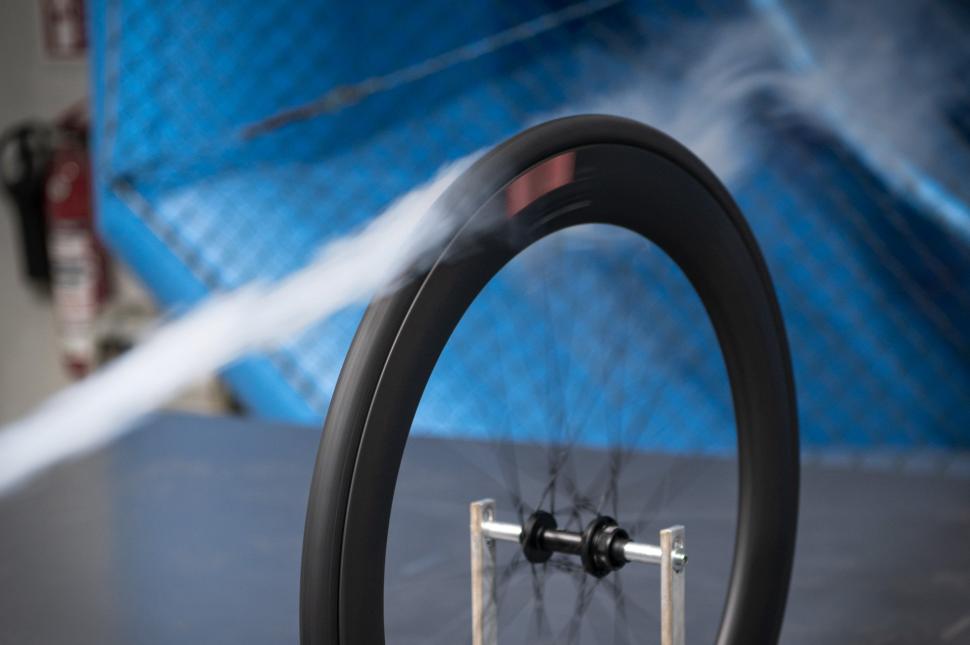
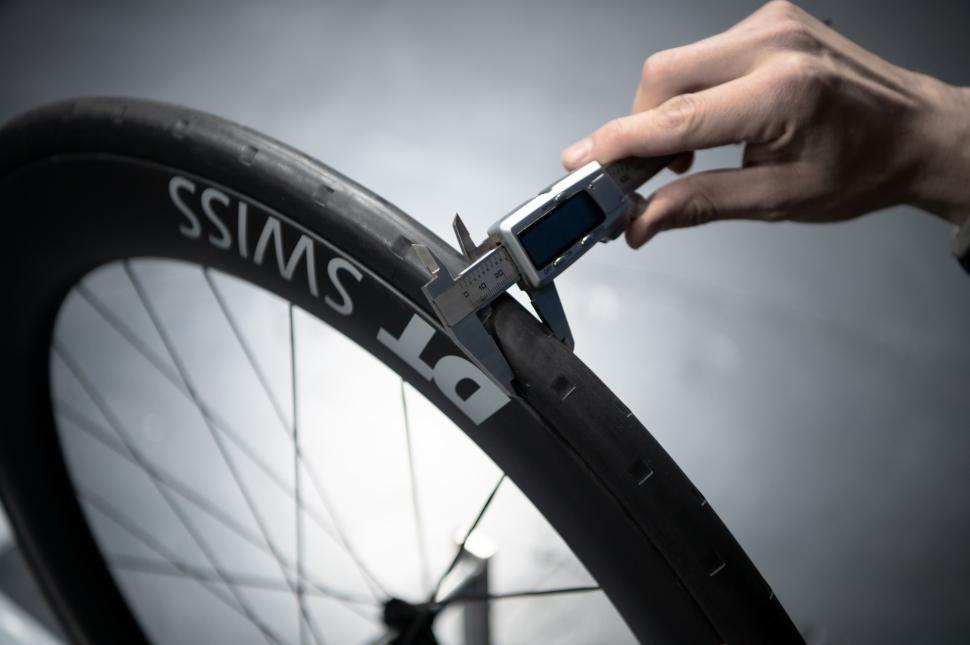
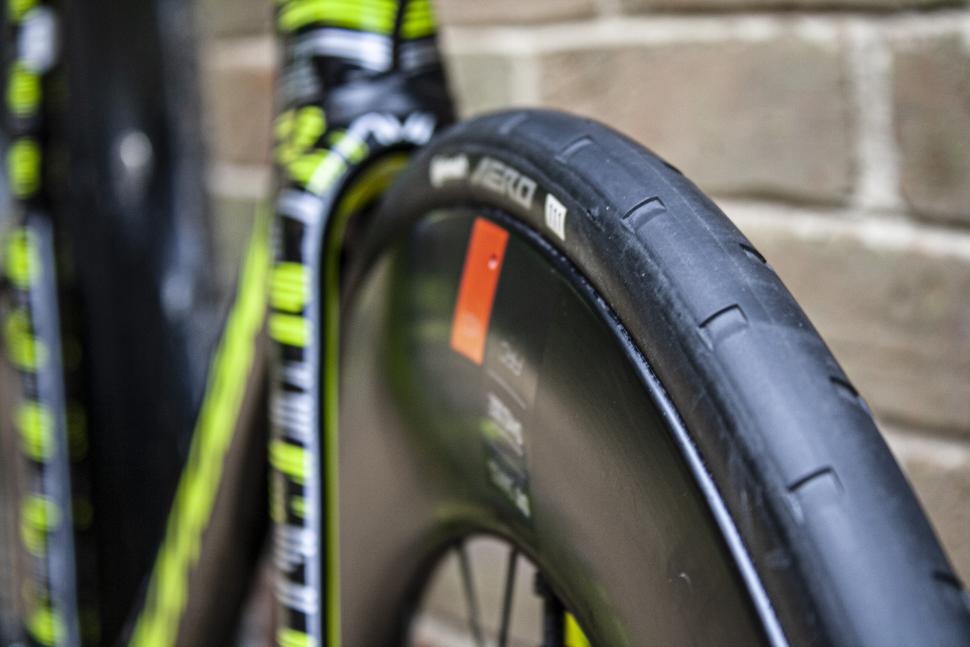
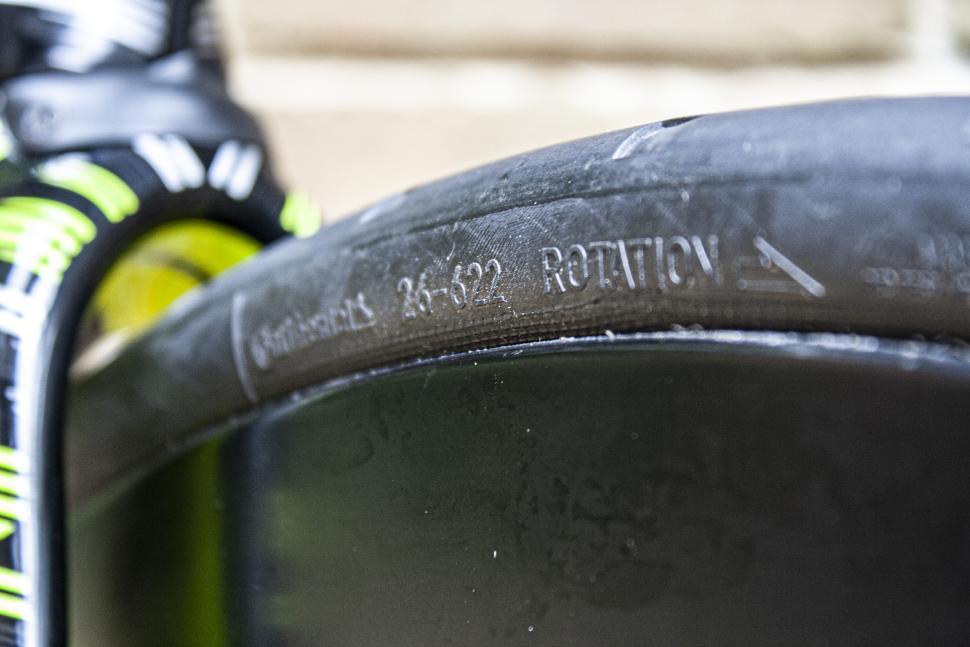
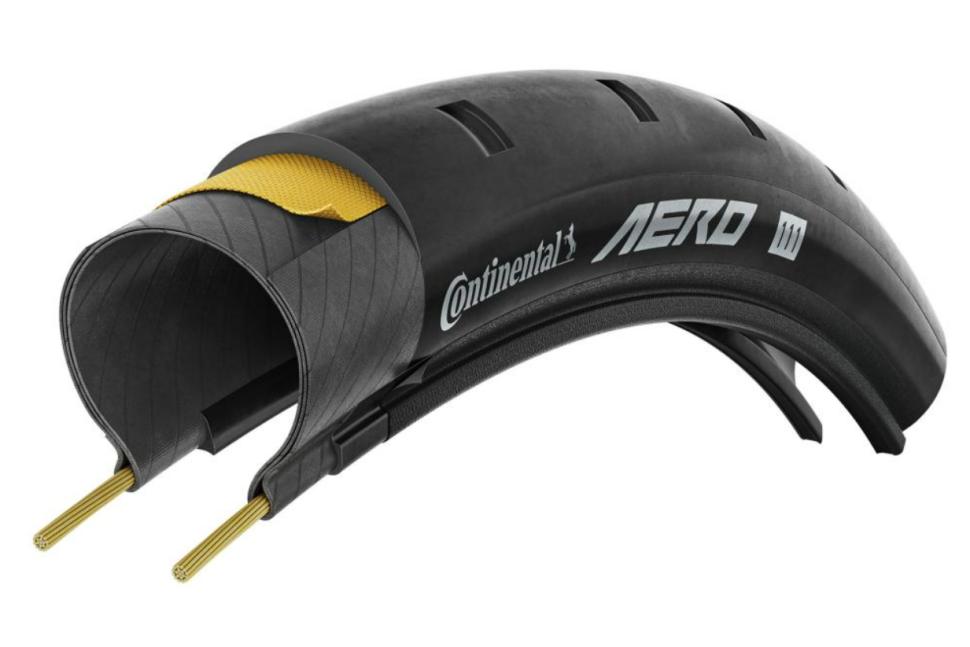

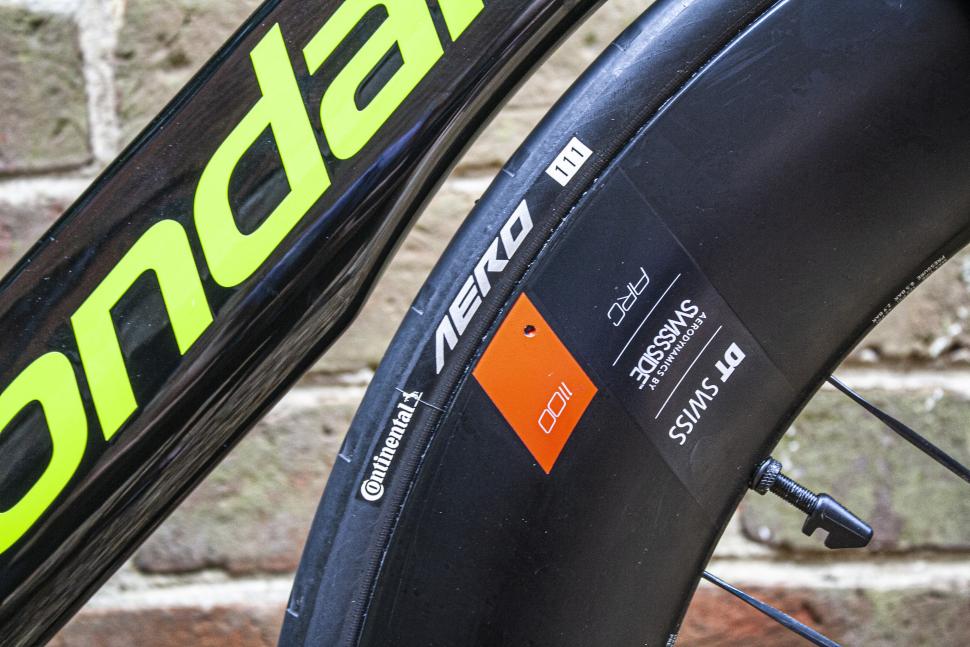
Add new comment
16 comments
There was nothing in this article to suggest the tyre was aimed at commuters or weekend warriors. It's a front-wheel specific race tyre. The writer bagged several PBs. Most time-triallists would sell their granny to get a PB so, sure £120 is steep, but granny is safe!
How much change would that leave you from a granny?
Really for the pro racers only; weekend warriors buying this kind of stuff need their heads looking at.
Potholed, gravel strewn UK roads aren't really the place for this type of equipment; and as such, most riders would be better looking at 'gravel' bike equipment.
Absolutely, but I do applaud Continental for pushing the boundaries. The tech in their high end racing tyres has trickled down into more reasonably priced offerings and, in general, tyre technology is far advanced compared to even 10 years ago.
So no-one is allowed to spend £120 on a single item nowadays. Regardless of your personal concept of value, it's their money, they can do what they like with it.
And why shouldn't a keen amateur TTer consider this? It's a lot cheaper than most TT-specific components I see.
Some miserable feckers in these comments. I bet you've all got nice bikes, nice stuff in your nice houses and go on nice holidays but you don't want other people to have bling wheels and aero tyres on their SL8 / Propel / Shiv / whatever.
Same puncture resistance as S TR. Sorry Continental, that is not good for me.
Punctured tires are not aero at all. Also, they didnt compared it the new RS from Pirelli.
When you will learn? Maybe when consumers demand more and stop giving them money...
Pirelli P Zero Race TLR anyday of the week.
I've had one puncture in about 4000km on my current pair of GP5000s, and that was a pinch-flat after hitting a pothole a bit under-inflated. Previous sets have also seemed pretty sturdy, so as this appears to be a tyre aimed at racers/time-trialists who are often content to sacrifice some durability for speed it doesn't sound like they're unduly fragile.
I'm not going to spend £120 on a tyre, but some will and that's up to them if they'll get £120+ of benefit/enjoyment out of it.
This industry is unsalvagable
Why so, based on this? €120 tyres are the exception not the rule. Decathlon sell 700c road bike tyres from £12.99 and there's something for everyone in between.
You had me until the price 🙀🙀 ps what's the as measured width I can't read the calipers picture I see it's 26-622 and my 5000s 23mm measures 26mm on swissside rims - maybe the size is as measured?
Looks like 26mm on the calipers to me
Ah yes went back and read the scale rather than the too dark display /doh - 5000s 23mm with chunks cut out confirmed!
Cutting notches out of existing rubber is expensive work you know
But if you get yourself a really sharp knife and have a good look at the pictures in the article you could DIY it on your existing tyre, what could possibly go wrong!
I'm just going to rely on all the potholes to carve out chunks of rubber instead.
The broken glass will do a good job too, but you need to pick it back out for weight benefits.